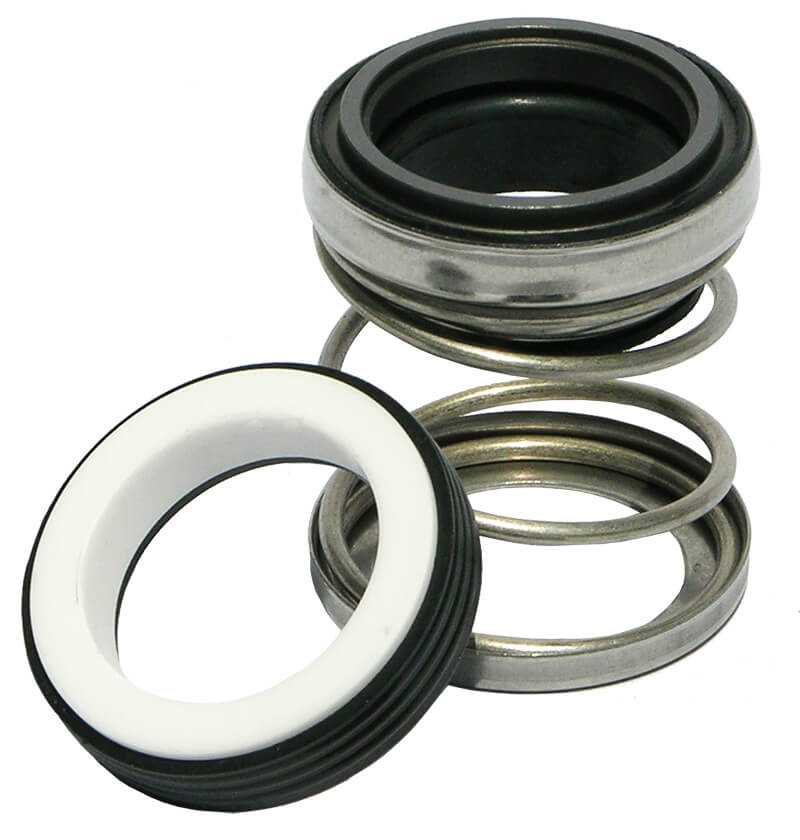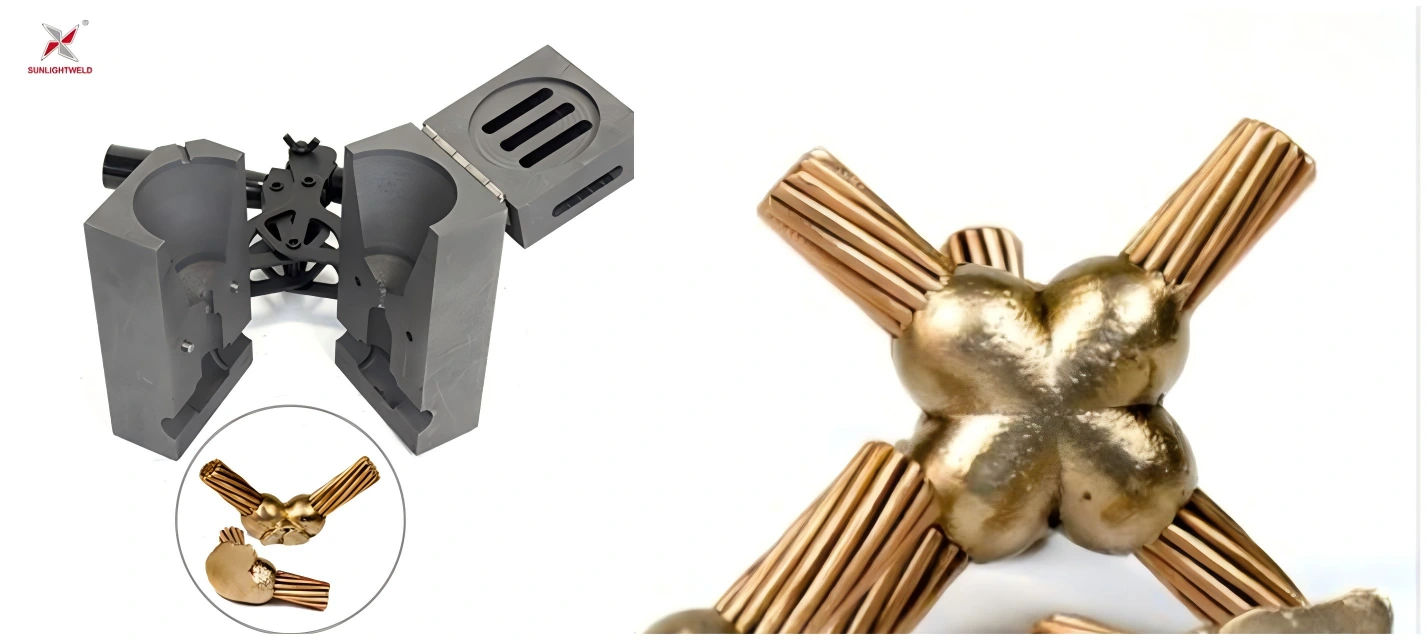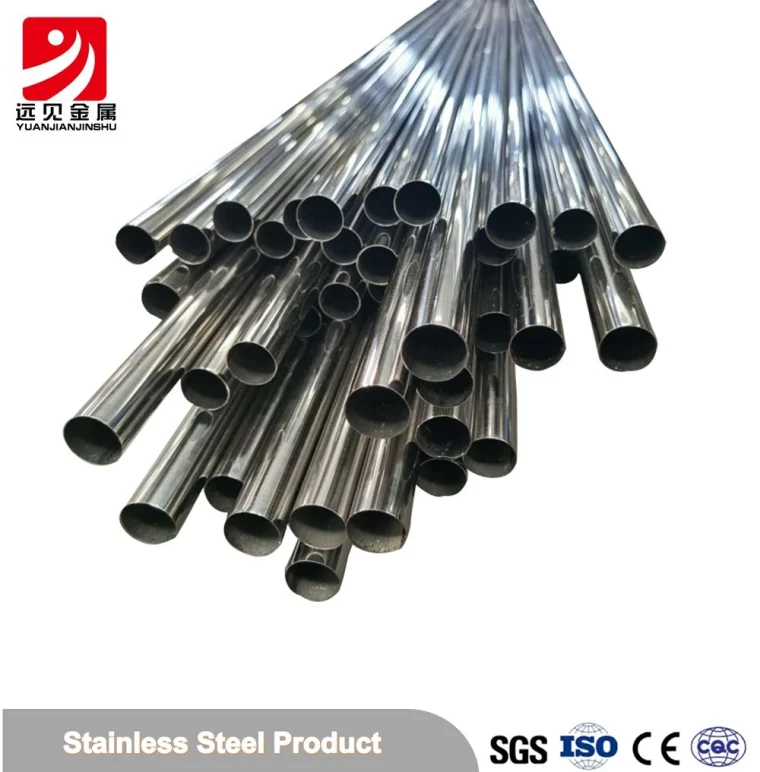
Mechanical seals are critical components in many industrial applications, including pumps, compressors, and mixers. They prevent leakage of fluids and gases and ensure the safe and efficient operation of equipment. However, identifying a mechanical seal can be challenging, especially for those who are new to the industry. In this article, we will provide a comprehensive guide on how to identify a mechanical seal, including its components, types, and applications.
- Components of a Mechanical Seal
A mechanical seal consists of several components, including a stationary seal face, a rotating seal face, a spring, and a gland. The stationary seal face is mounted on the pump casing or other stationary part of the equipment, while the rotating seal face is attached to the shaft or other rotating part. The spring provides the necessary force to maintain contact between the two seal faces, while the gland holds the seal in place and provides a means of adjusting the spring force.
- Types of Mechanical Seals
There are several types of mechanical seals, including single seals, double seals, and cartridge seals. Single seals are the most basic type and consist of a single set of seal faces. Double seals, on the other hand, have two sets of seal faces and provide an additional layer of protection against leakage. Cartridge seals are pre-assembled units that include all the necessary components and are easy to install and maintain.
- Applications of Mechanical Seals
Mechanical seals are used in a wide range of industrial applications, including pumps, compressors, mixers, and agitators. They are also used in the automotive, aerospace, and marine industries. In pumps, mechanical seals are used to prevent leakage of fluids and gases and ensure the efficient operation of the pump. In compressors, they are used to prevent leakage of gases and ensure the safe and efficient compression of gases. In mixers and agitators, they are used to prevent leakage of fluids and ensure the safe and efficient mixing of materials.
- How to Identify a Mechanical Seal
To identify a mechanical seal, you need to know its type, size, and material. The type of seal can be determined by its configuration, such as single, double, or cartridge. The size of the seal can be determined by measuring the shaft diameter and the bore diameter of the seal housing. The material of the seal can be determined by its color and texture, as well as by its chemical compatibility with the fluid being sealed.
In conclusion, identifying a mechanical seal is essential for ensuring the safe and efficient operation of industrial equipment. By understanding the components, types, and applications of mechanical seals, as well as how to identify them, you can make informed decisions about selecting and maintaining these critical components.



